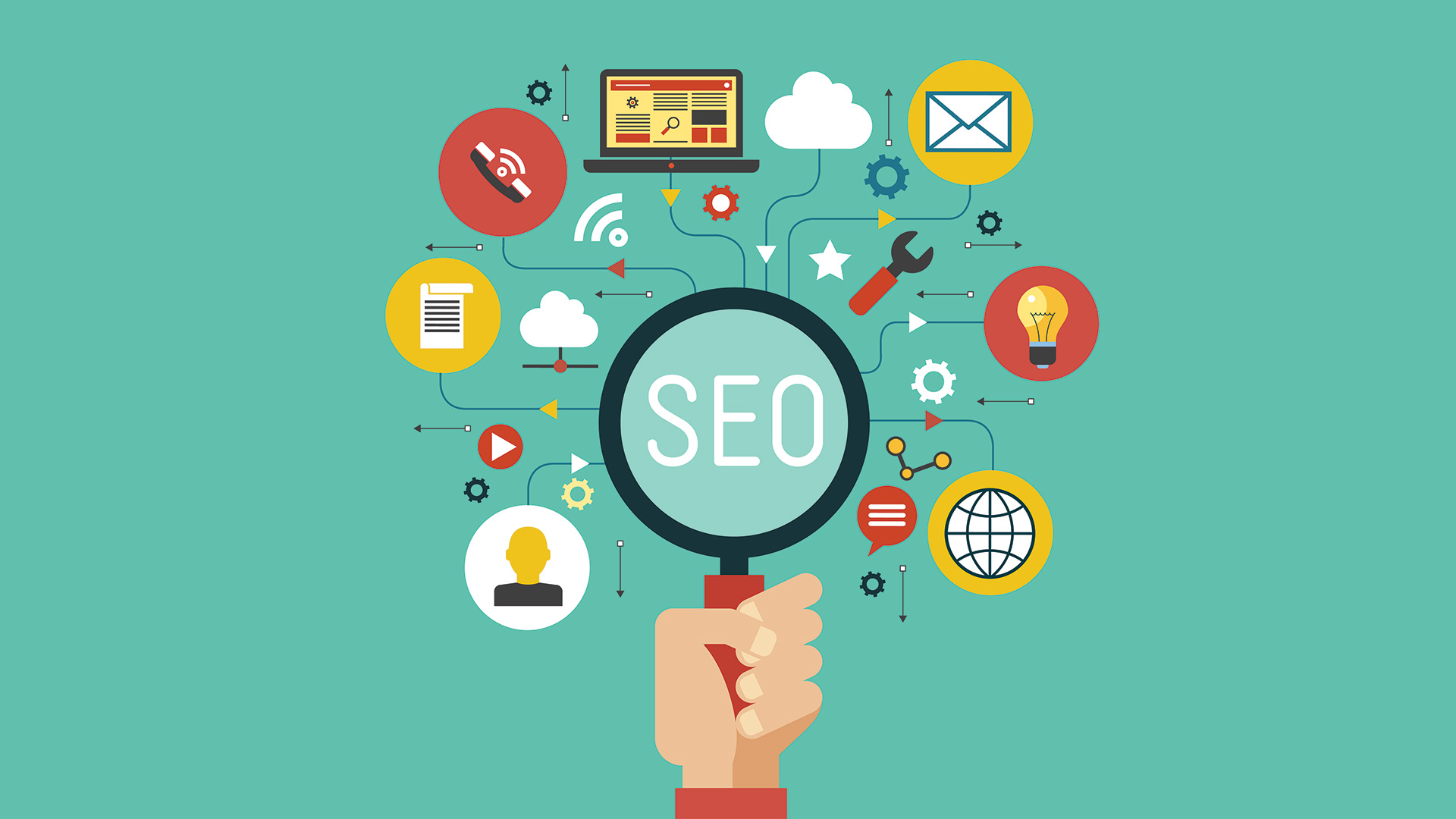
We all have that meeting – the meeting which, when remembered, makes you cringe and wince. Maybe you froze after being asked a relatively straight forward question, mind racing to find the right answer. Or maybe you totally misunderstood the question and answered with some irrelevant script, time slowing as you look at everyone’s blank or confused faces as you realise you’re waffling and can’t stop yourself.
If you have been business long enough, such memories are just some of the battle scars picked up along the way. I want to tell you the story about my cringe-inducing meeting, because it prompted a fundamental shift in how I approached search engine marketing and content creation.
I’ve been involved in SEO since about 2004 and I’m a big advocate of search engine marketing. It’s hugely powerful for your business to be visible at the point when potential clients are searching for your products or services. And search engine marketing is an investment that keeps on paying out. Paid-for campaigns (whether online or physical) are great at amplifying your message, but when the budget runs out, the results dry up. With search, the content you create keeps working for you, pulling people to your website and increasing your website’s authority. In short, I could evangelise about search engine marketing for days.
>>Find out how well your website is equipped to capture leads with our FREE website review
So it was 2014 and I was pitching an SEO and content strategy to a big Yorkshire law firm, which wanted to grow and wanted more leads. It was a decent-size deal that included weekly blogging, some video, and some social. I was discussing the proposal with two senior partners, who were nodding along and making all the right sounds. It was going pretty well and I was outlining the projected web traffic forecasts when one of the partners dropped the bombshell.
“All this extra traffic will be great, Dan. So we get all these new visitors … and then what?”
“And then what?”
It was a question so starkly simple, I just wasn’t expecting it and my brain froze – completely blank. I think I went into a wide-eyed stare and the nano-seconds felt like minutes as I gasped for some kind of answer. I must have said “errr ummm” a hundred times before I managed to mumble something about how people wouldn’t click through unless they were interested and how they would fill in the contact form etc etc. It was horrible and I just wanted the floor to open up so I could just slip into it and never have to be seen again.
If I’d been asked the same question the day before, I’d have come up with a decent answer. But on that day, in that moment, my brain just halted. My bumbling response aside, the question itself bothered me.
“And then what?”
Was attracting a bunch of extra people to your website and hoping they fill in a contact form enough? SEO is great but it’s very focused on the top of the funnel. It’s very much geared to generating as much relevant web traffic as possible. SEO is about getting people to your website, and SEO kind of stops there – but the client’s buying journey doesn’t.
“And then what?”
It was really starting to bother me. Previously, our marketing was all about building trust and awareness and driving traffic, which is great and invaluable, and then it was for sales teams to pick up the baton. But was there something more we could do? After all, according to HubSpot, only 2% of web visitors fill in a contact form on their first visit.
The short answer was “yes” and the slightly longer answer is “inbound marketing”.
Nick and I looked in-depth into new ways to position our marketing and inbound really was the only game in town. The inbound philosophy is all about creating helpful and human content that aligns with how prospective clients are educating themselves about your products and services. It’s about making sure that every time a prospective client comes into contact with your company, their experience has genuine value.
While the above was definitely something we tried to do with our SEO and blogging campaigns, we were missing the art and science of how we can turn those visitors into actual contacts. Inbound gave that to us … and more.
So, now, when I tell a client we’ll increase website traffic by creating helpful content and they say, “Great. And then what?” I say, “We’ll create high value content such as e-books or webinars for which they’ll happily exchange their email address for. Once they’re a contact in the system, we can see their every interaction with the company online – so every blog post, every email opened, every link clicked. Your business development team then has a tremendous amount of intelligence to act upon. They can call up and say, ‘I saw you downloaded our ebook on X and read our blog posts on Y and Z – what specific help were you looking for?’ And then it’s just a conversation to see how you can help.”
We still do search engine marketing, but only as part of a rounded, holistic inbound marketing strategy – one aimed at providing value along every step of your prospective client’s journey.